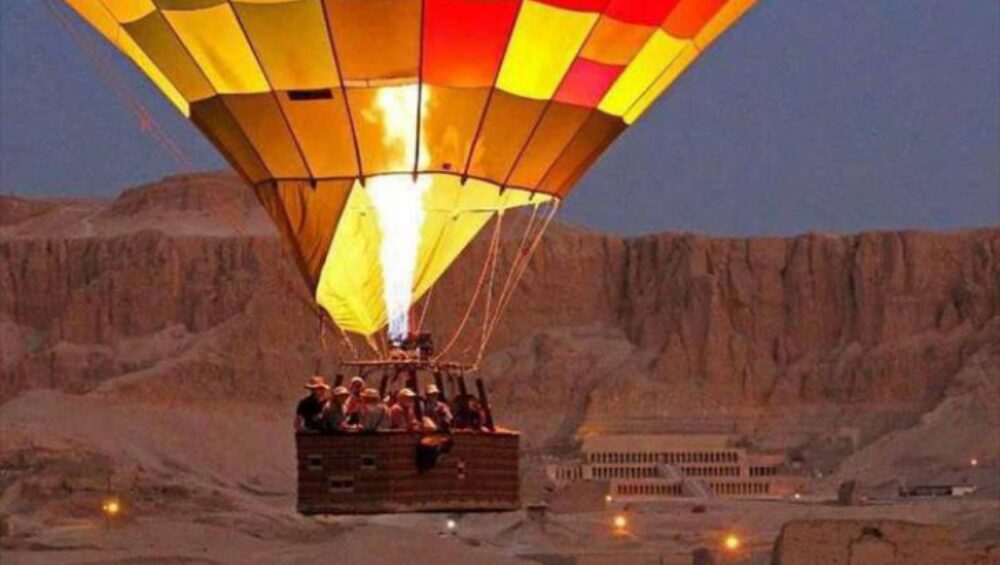Ancient Egyptian Language
what is the Ancient Egyptian Language?
Ancient Egyptian Language considered a tributary of the Afro-Asiatic languages and connected to Berber and other Semitic languages like Arabic, Amharic, and Hebrew, is the world’s oldest extant language. Together with Sumerian, it is one of the first recorded languages. The earliest accounts of it are from around 3400 BC, when the Kingdom of Ancient Egypt was in power. It was used in a demotic form about 1000 BC, and from the Middle Ages to the 17th century, it was utilized in Coptic form. Hieroglyphs, which later served as the standard writing system, were used in conjunction with the language. After the Muslim invasion in the 7th century, Egyptian Arabic was established as the country’s official language.
CLASSIFICATION OF ANCIENT EGYPTIAN LANGUAGE
Six significant historical segments make up the language’s transformational history in ancient Egypt:
ARCHAIC EGYPTIAN (BEFORE 2600 BC)
The language of the early and late dynasties has been recreated. It also has some of the oldest evidence of Egyptian hieroglyphics on artwork, including Nakada II’s pottery.
OLD EGYPTIAN (2600 – 2000 BC)
The Pyramid Texts, the largest corpus of literature in that language, and the autobiographical writings characterising ancient Egypt were both written in this language, which later became the official tongue of the Old Kingdom and the First Intermediate Period. Triple ideographic, phonetic, and plural determinants define it.
MIDDLE EGYPTIAN (2000-1300 BC)
Because it was utilised to generate several text scripts in hieroglyphic and hieratic scripts, it became known as Classical Egyptian. This comprises a number of obituary texts, including the Coffin Text and the Wisdom Text, which offer advice on how each person should live. Its appropriate for antiquities appearance represents the Egyptian intellectual way of thinking. It was also used to describe specific personal anecdotes, medicinal and scientific books like those written on papyrus by Edwin Smith, poetry, or certain ancient Egyptian gods and pharaohs. This language was extremely powerful and well-liked by the general populace. Egyptian regional accents started to resemble traditional Middle Egyptian. The grammar of this language is quite similar to the grammar of the Old Kingdom languages.
LATE EGYPTIAN (1300-700 BC)
The language first appeared in Egypt’s New Kingdom, which is regarded as the height of pre-dynastic Egyptian culture. It included a variety of classicisms as well as numerous rich religious and secular texts that were present in historical and literary works at the time. Compared to intermediate and ancient languages, intermediate languages are very different from one another. Also, it offers a wonderful illustration of spoken language. Due to hieroglyphic orthography, the grapheme stock also significantly increased.
DEMOTIC (600 BC – 400 AD)
This is a slang term from the late Ptolemaic dynasty in ancient Egypt. used for nearly a millennium. The term Demotic derives from the Hieratic (writing system) employed in Delta in its northern form.
COPTIC LANGUAGE
Coptic is the last direct descendant of Ancient Egyptian, so it is the final stage of conversion. Despite the fact that the language can be written in Egyptian hieroglyphs and demotic script, the Greek alphabet has greatly modified the Coptic alphabet. The language became the official language of the country from 200 AD to 1100 AD, and was last spoken in the 17th century AD. The language was able to survive during the Renaissance thanks to what European scholars learned from his native speakers, and is now only used as a liturgical language of the Coptic Orthodox Church.









